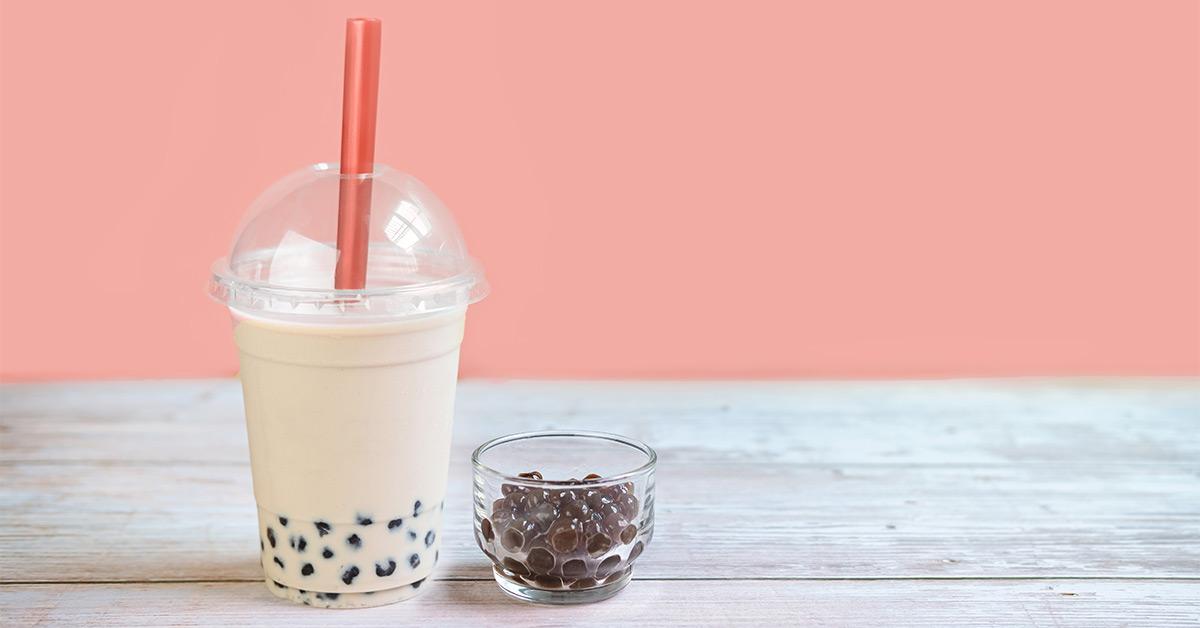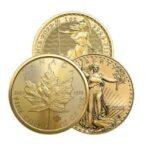Bubble tea, also known as boba tea, has taken the world by storm with its delightful combination of flavored tea, milk, and chewy tapioca pearls. This unique beverage originated in Taiwan and has rapidly gained popularity globally. Let’s explore the various facets of the bubble tea market size, from its humble beginnings to its current status as a cultural phenomenon.
Ingredients and Varieties
Bubble tea comprises a simple yet tantalizing mix of tea, milk, sugar, and pearls. The basic components serve as a canvas for an array of flavors, with classics like taro and matcha, and innovative twists such as fruit-infused variations. The diversity of options contributes to the widespread appeal of bubble tea, catering to diverse tastes and preferences.
The Rise of Bubble Tea Culture
Fueling the bubble tea craze is its strong presence on social media platforms. Instagram-worthy photos and videos showcase not just the beverage but also the entire experience. Bubble tea has transcended being just a drink; it has become a lifestyle choice, influencing fashion, art, and even travel choices. Its integration into daily life has led to the mushrooming of bubble tea shops worldwide.
Business Opportunities
Entrepreneurs keen on venturing into the food and beverage industry find the bubble tea market ripe with opportunities. However, challenges, such as fierce competition and changing consumer preferences, abound. Success stories of small bubble tea shops turned global franchises inspire aspiring business owners to navigate this effervescent market successfully.
Health Considerations
As consumers become increasingly health-conscious, the nutritional aspects of bubble tea come under scrutiny. While some variations can be high in sugar and calories, others cater to the wellness trend, offering low-sugar or dairy-free options. The industry has responded with innovative recipes, aligning with evolving health-conscious consumer choices.
Bubble Tea and Technology
The digital age has significantly impacted how bubble tea is marketed and consumed. Online platforms and delivery services have become integral to the industry, especially during the global pandemic. Digital marketing strategies, including social media campaigns and loyalty programs, play a pivotal role in keeping the bubble tea community engaged.
The Art of Making Bubble Tea
The Do-It-Yourself (DIY) culture has further propelled the popularity of bubble tea. Enthusiasts can now recreate their favorite drinks at home, experimenting with flavors and textures. This cultural phenomenon not only strengthens the bond among bubble tea enthusiasts but also pays homage to the artistry involved in creating the perfect cup.
Environmental Impact
While the bubble tea market continues to thrive, environmental concerns have come to the forefront. The industry faces challenges related to single-use plastic cups, lids, and straws. However, an increasing number of establishments are adopting sustainable practices, offering biodegradable alternatives, and raising awareness among consumers about the importance of making eco-friendly choices.
Future Trends
Innovation remains a driving force in the bubble tea market. From unique flavor combinations to incorporating health-focused ingredients, the industry constantly evolves. Market predictions suggest sustained growth, with a focus on sustainable practices and a continued emphasis on meeting the diverse preferences of consumers.
Bubble tea’s journey from a local Taiwanese drink to a global sensation is a testament to its adaptability and universal appeal. Whether enjoyed for its flavors, textures, or cultural significance, bubble tea has become more than just a beverage—it’s a shared experience that transcends borders and cultures.
As the bubble tea market continues to flourish, its global appeal shows no signs of waning. What started as a regional delight in Taiwan has now become a ubiquitous presence, with dedicated bubble tea shops gracing street corners in cities worldwide. The phenomenon is not merely about the drink itself; it’s a cultural shift, a shared experience that transcends language barriers and unites people in their love for the unique combination of flavors, textures, and social connection that bubble tea provides.
Diversity in a Cup
One of the defining features of the bubble tea market is its incredible diversity. From traditional classics like milk tea with pearls to adventurous fusions of exotic fruits and teas, there seems to be an endless array of options to suit every palate. This diversity not only caters to different taste preferences but also reflects the creativity and innovation embedded in the industry. Entrepreneurs and enthusiasts alike contribute to the ever-expanding menu, ensuring that there is always something new and exciting to try in the world of bubble tea.
From Trend to Tradition
What began as a trendy beverage has evolved into a cultural tradition for many. The ritual of enjoying a cup of bubble tea has become ingrained in the routines of people worldwide. Whether it’s a midday pick-me-up, a social gathering, or a moment of personal indulgence, bubble tea has seamlessly integrated into the fabric of daily life. Its journey from being a trend to a tradition is a testament to the enduring nature of this beverage and its ability to resonate with a broad and diverse audience.
Challenges and Opportunities
While the bubble tea market enjoys widespread popularity, it is not without its challenges. The industry faces scrutiny on various fronts, including health concerns, environmental impacts, and market saturation. However, with challenges come opportunities. Entrepreneurs are finding innovative solutions, introducing healthier options, embracing sustainability, and constantly reinventing the bubble tea experience. The market’s ability to adapt and evolve ensures its continued relevance in the ever-changing landscape of the global beverage industry.
FAQs
1. Is bubble tea bad for my health? Bubble tea, like many beverages, can be high in sugar and calories. However, there are healthier options available, such as low-sugar and dairy-free variations.
2. How has technology impacted the bubble tea market? Technology has revolutionized the industry, with online platforms, delivery services, and digital marketing playing a crucial role in reaching and engaging consumers.
3. Are there sustainable options in the bubble tea market? Yes, many establishments are adopting sustainable practices, offering biodegradable alternatives to reduce the environmental impact of single-use plastic.
4. Can I make bubble tea at home? Absolutely! The DIY culture has gained momentum, allowing enthusiasts to experiment with flavors and create their bubble tea at home.
5. What does the future hold for the bubble tea market? The future looks promising, with continued innovation, a focus on sustainability, and an ever-expanding range of flavors to cater to diverse consumer preferences.



